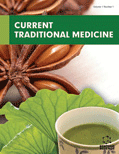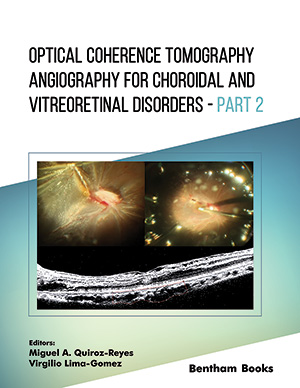Abstract
Urolithiasis is a common problem worldwide manifested with recurrent intermittent pain episodes, which today is increasing due to changes in lifestyle patterns, including sedentary and consumption of protein, fat, and fiber-free foods, as well as stress. Today, the role of nutrition in the formation of kidney stones as well as in its prevention is recognized as a key factor. Dolichos biflorus is one of the most famous plants that are known as a useful food in the prevention and treatment of kidney stones. In this review study, electronic databases of PubMed, Scopus, Cochrane, Google Scholar, and Web of science and Persian medicinal books such as Al- Hawi, Al-Shamel fi-Alsenaat Altebbiah, Makhzan-al-Advia, and Tohfat al Momenin were searched to identify all the studies reporting the effects of Dolichos biflorus on kidney stones.
Dolichos biflorus seeds contain effective substances in preventing kidney stone formation. These substances include Citrate, Magnesium, Potassium, and Vitamin B6. A protein has been identified in Dolichos biflorus grain that has antiseptic and inhibitory stone formation properties. In several studies, the effect of Dolichos biflorus extract on the dissolution of kidney stones and their prevention has been investigated.
Dolichos biflorus seeds can be used as a useful and effective food in patients with kidney stones, in addition to its nutritional role, as a harmless drug to prevent stone production.
Keywords: Dolichos biflorus, complementary and alternative medicine, kidney stone, persian medicine, urolithiasis, vitamin B6 (Pyridoxine).
[http://dx.doi.org/10.1590/S1677-55382010000400011]
[http://dx.doi.org/10.1007/s002400050027] [PMID: 9631938]
[http://dx.doi.org/10.3109/13880209.2014.909501] [PMID: 25243879]
[http://dx.doi.org/10.3402/ehtj.v3i0.7104] [PMID: 22460395]
[http://dx.doi.org/10.1016/j.urology.2007.06.1151] [PMID: 18068444]
[http://dx.doi.org/10.1046/j.1464-410X.2003.04208.x] [PMID: 12709088]
[http://dx.doi.org/10.1016/S0140-6736(06)68071-9] [PMID: 16443041]
[PMID: 28375136]
[http://dx.doi.org/10.3390/agriculture3010157]
[http://dx.doi.org/10.1080/10408398509527407] [PMID: 3899515]
[http://dx.doi.org/10.1016/j.foodchem.2007.07.024]
[http://dx.doi.org/10.25122/jml-2017-0055] [PMID: 30364651]
[http://dx.doi.org/10.3109/19390211.2013.790334] [PMID: 23725525]
[http://dx.doi.org/10.3923/jbs.2008.1051.1056]
[http://dx.doi.org/10.1186/1476-511X-11-176] [PMID: 23270333]
[http://dx.doi.org/10.4103/0257-7941.147433] [PMID: 25593405]
[http://dx.doi.org/10.1016/j.fbio.2015.07.004]
[PMID: 29618451]
[http://dx.doi.org/10.1002/ptr.833] [PMID: 11406861]
[http://dx.doi.org/10.1016/S2221-1691(12)60440-7]
[http://dx.doi.org/10.1016/j.foodchem.2007.04.040] [PMID: 26065757]
[PMID: 24020100]
[http://dx.doi.org/10.3109/13880209.2010.507633] [PMID: 21043992]
[PMID: 15991577]
[http://dx.doi.org/10.1001/archinte.164.8.885] [PMID: 15111375]
[http://dx.doi.org/10.1186/1479-5876-10-63] [PMID: 22453026]
[http://dx.doi.org/10.1016/S0090-4295(98)00361-6] [PMID: 9836542]
[http://dx.doi.org/10.1542/peds.2009-0217] [PMID: 19596731]
[http://dx.doi.org/10.1681/ASN.V104840] [PMID: 10203369]
[http://dx.doi.org/10.1016/S0022-5347(01)66027-0] [PMID: 8618271]
[http://dx.doi.org/10.1007/s00240-017-0999-5] [PMID: 28674784]































